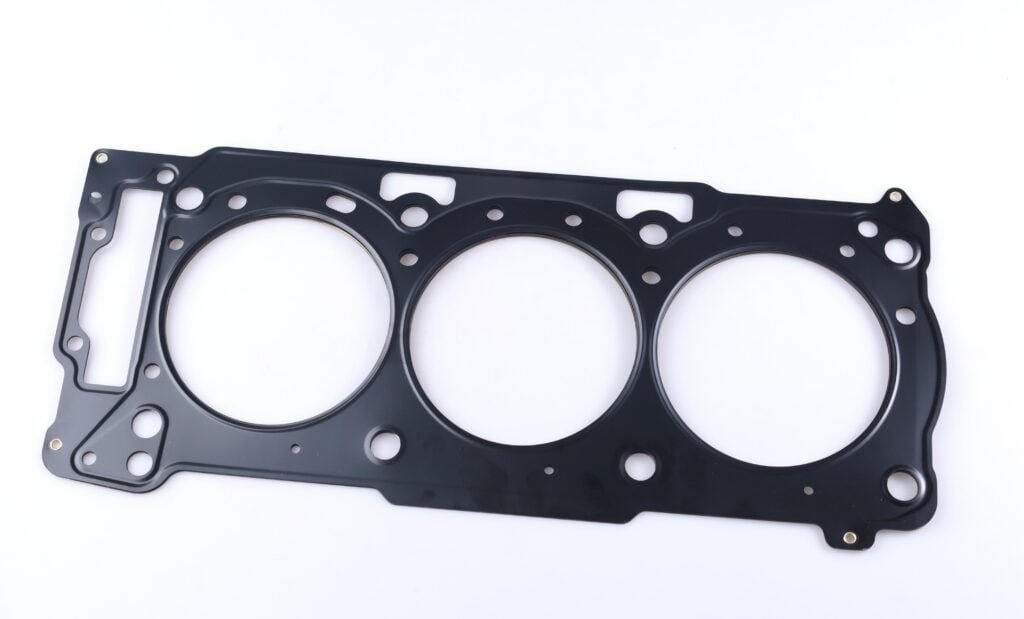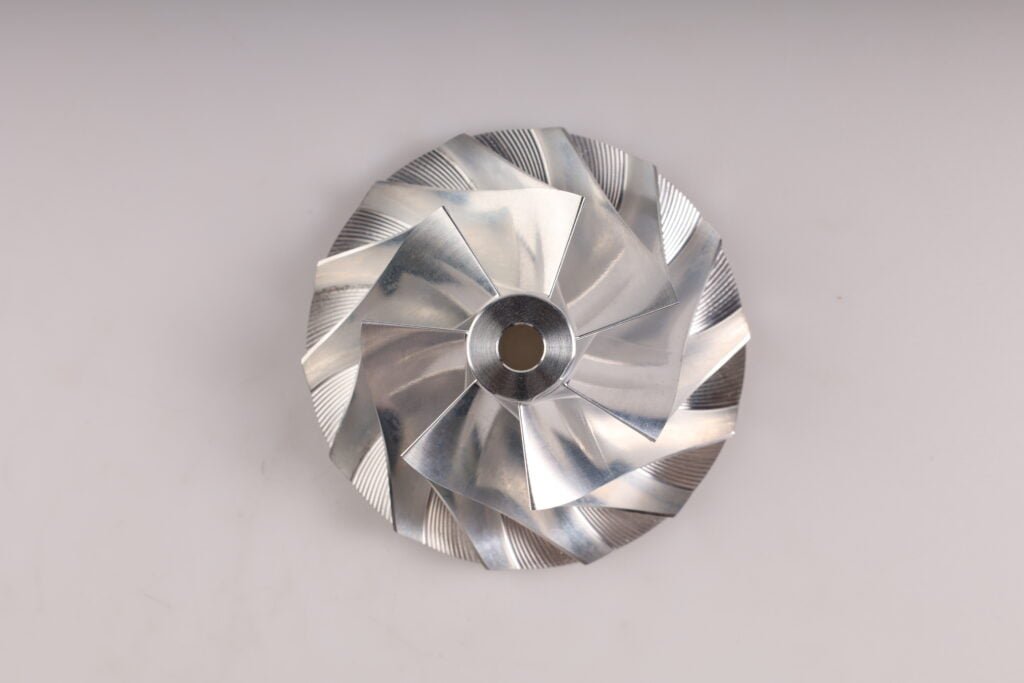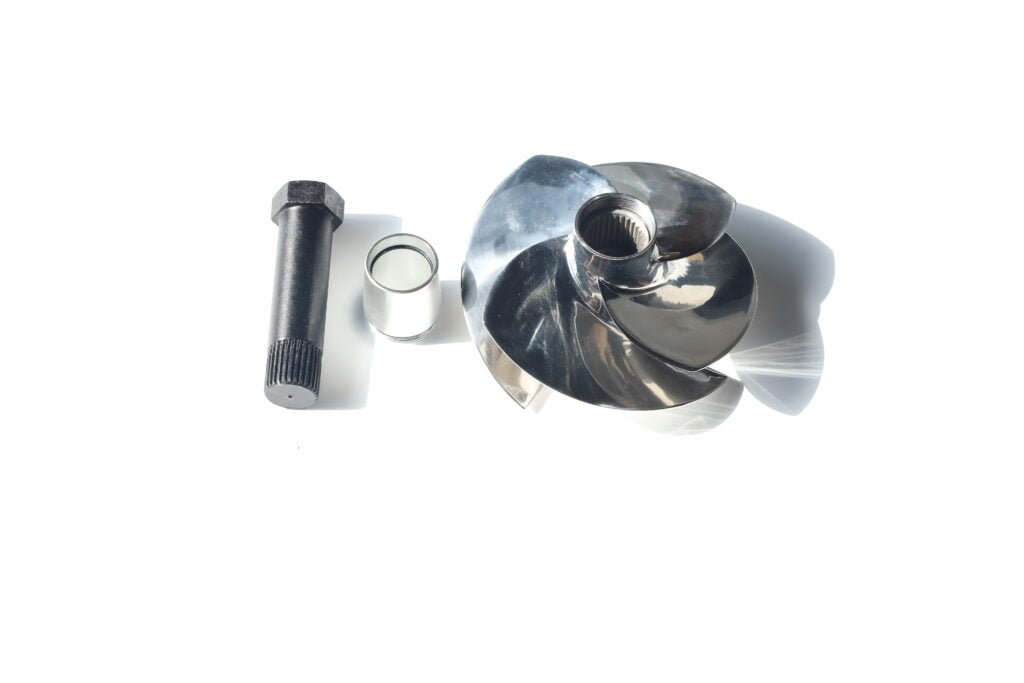Introduction:
The head gasket, a seemingly unassuming component of an internal combustion engine, holds a pivotal role in its functionality. In this comprehensive guide, we will explore the intricacies of head gaskets, their vital functions, and how to spot indications of wear and tear.
What is a Head Gasket?
A head gasket, typically constructed from metal or composite materials, is a thin, flat seal that bridges the cylinder head to the engine block. Its primary purpose is to create a hermetic barrier, preventing the escape of engine coolant, oil, and combustion gases from their designated channels.
How does it Work?
The head gasket forms a tight seal between the cylinder head and engine block, containing the high-pressure combustion process that occurs within the engine. It also maintains separation between the oil and coolant passages, preventing contamination. This separation is crucial for optimal engine performance.
Signs of a Bad Head Gasket:
1. Coolant Leak:
Check for signs of coolant pooling under the vehicle or a sudden drop in coolant levels without an apparent cause.
2. Overheating Engine:
A damaged head gasket can lead to engine overheating due to the escape of coolant.
3. White Exhaust Smoke:
If you notice thick, white smoke coming from the exhaust, it may indicate coolant entering the combustion chamber.
4. Oil Contamination:
Look for a milky or frothy substance on the underside of the oil filler cap or in the engine’s oil. This indicates a mixture of coolant and oil.
5. Poor Engine Performance:
A compromised head gasket can lead to reduced power, misfires, or a rough idle.
6. Bubbles in Coolant Reservoir:
Start the engine and observe the coolant reservoir. If you see bubbles, it may indicate exhaust gases entering the cooling system.
Anyway, a head gasket plays a vital role in maintaining the integrity of an internal combustion engine. Identifying early signs of wear and tear is crucial to prevent further damage. If you suspect a faulty head gasket, it is advisable to consult a professional mechanic for a thorough inspection and necessary repairs. Regular maintenance and prompt attention to any issues will help keep your engine running smoothly.

Points to Consider When Customizing a Cylinder Head Gasket
Customizing a cylinder head gasket is a crucial engineering task that can enhance engine performance and reliability. When engaging in this process, it’s important to pay attention to the following key points:
1. Material Selection:
Choosing the right material is paramount. Common cylinder head gasket materials include metal, composite materials, and others. Depending on the specific requirements and performance criteria of the engine, selecting a material that exhibits properties like wear resistance and high-temperature resilience is essential.
2. Sealing Performance:
One of the primary functions of a cylinder head gasket is to maintain separation between various mediums within the engine, such as coolant, engine oil, and combustion gases. Therefore, the design of a customized gasket must ensure outstanding sealing performance to prevent any medium from leaking.
3. Thickness and Compression Ratio:
Determine the thickness and compression ratio of the gasket based on the specific design and requirements of the engine. This will impact factors such as engine performance and combustion efficiency.
4. Compatibility:
A customized cylinder head gasket must be perfectly compatible with the specific model of the engine. Therefore, during the design and manufacturing process, consideration must be given to the exact specifications and structure of the engine.
5. Thermal Stability:
Cylinder head gaskets operate in environments with high temperatures and pressures. Thus, they must possess excellent thermal stability to ensure sustained operation under such conditions.
6. Wear Resistance:
Cylinder head gaskets need to withstand high-frequency vibrations and wear during engine operation. Therefore, it’s crucial to choose a material with good wear resistance.
7. Manufacturing Process:
The manufacturing process of a customized cylinder head gasket should be precise and reliable to ensure that the quality and performance meet the design requirements.
8. Performance Testing:
Before deploying a customized cylinder head gasket in practical use, rigorous performance testing is necessary. This is to ensure that it meets design specifications and can operate stably and reliably under actual working conditions.
The key to customizing a cylinder head gasket lies in selecting appropriate materials and designs based on the specific engine requirements and performance needs. It’s essential to ensure excellent sealing performance, thermal stability, and wear resistance. Additionally, thorough performance testing is crucial to verify compliance with design specifications and reliable operation under real-world conditions.
If you need a custom cylinder gasket you can call us.




